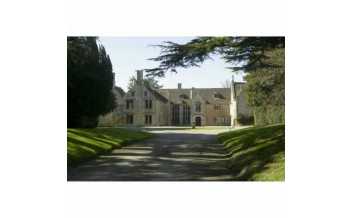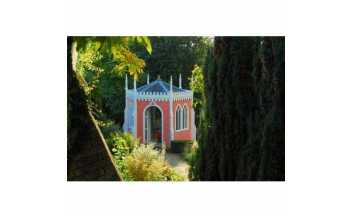Activities
-
-
Chavenage House, Gloucestershire, England
Edward Stephens built Chavenage, an Elizabethan house in 1564. It was a key...
-
Cirencester Park Grounds, Gloucestershire,...
The grounds of Cirencester Park have belonged to the Earls Bathurst since the...
-
Dr Jenner's House, Berkeley,...
Edward Jenner bought this small house in 1785 and he performed the first ever...
-
Gloucester Railway Carriage & Wagon Museum
Opened in 2016, the Gloucester Railway Carriage and Wagon Museum preserves...
-
Gloucester Waterways Museum, Gloucester
In the old Llanthony Warehouse in the centre of what was once Gloucester’s...
-
Hardwicke Court, Gloucestershire, England
This Georgian house was built in the early 19th century for the Lloyd-Baker...
-
Kiftsgate Court Gardens, Gloucestershire,...
Three generations of women have shaped the gardens at Kiftsgate, from Mrs...
-
Museum of Gloucester, Gloucester
The museum tells the story of the city’s origins as a Roman settlement and...
-
Painswick Rococo Garden, Stroud,...
Painswick Rococo Garden is a beautiful place to escape, explore and imagine....
-
Rodmarton Manor, Gloucestershire, England
Claud Biddulph and his wife commissioned this Arts and Crafts style house...
-
Sezincote, Gloucestershire, England
This Indian Mughal building was built for the Cockerell family in the late...
-
Soldiers of Gloucestershire Museum,...
Located on Gloucester’s historic docks, this museum tells the story of the...
-
Stanway House, Gloucestershire, England
The Jacobean manor Stanway House belongs to James Donald Charteris, 13th Earl...
-
Sudeley Castle and Gardens, Winchcombe,...
The castle was built in 1442 by Ralph Boteler and is now owned by the...
-
The House of The Tailor of Gloucester,...
Featured in Beatrix Potter book, The Tailor Gloucester, the House today is a...





















